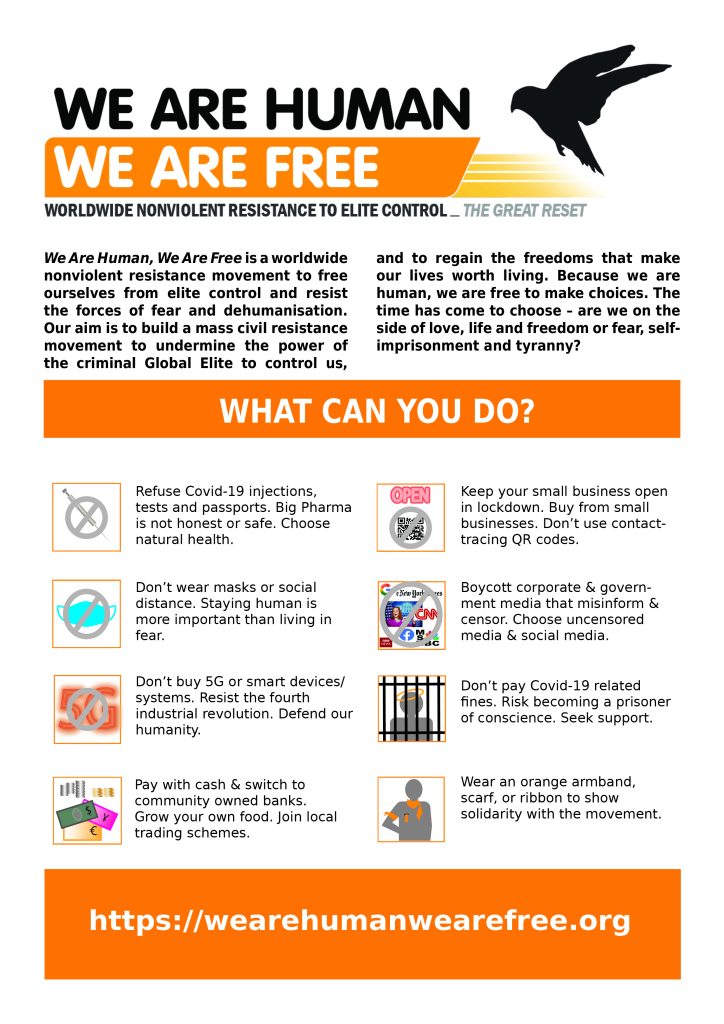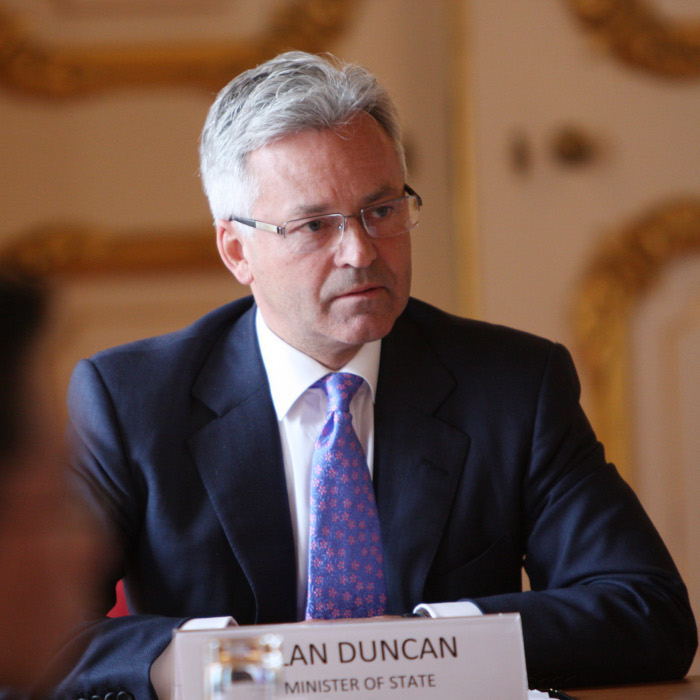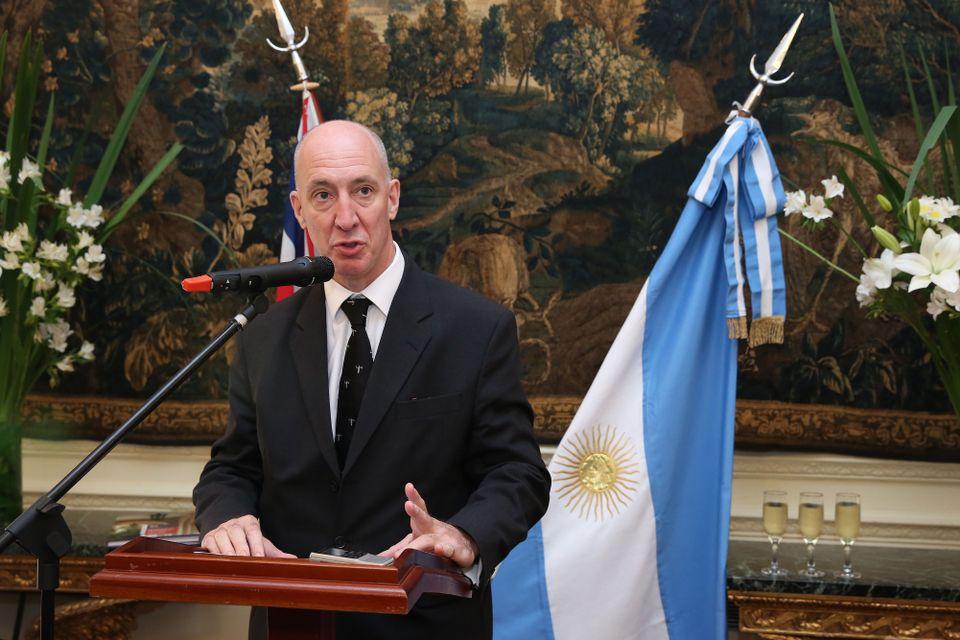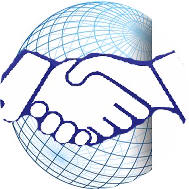All Global Research articles can be read in 51 languages by activating the “Translate Website” drop down menu on the top banner of our home page (Desktop version).
To receive Global Research’s Daily Newsletter (selected articles), click here.
Visit and follow us on Instagram, Twitter and Facebook. Feel free to repost and share widely Global Research articles.
***
Read Part I, II and III:
Destination Ukraine: The Ignorance of War
By Brett Redmayne-Titley, April 07, 2022
Destination Ukraine: Will Poland Go Rogue? Warsaw’s Ulterior Motive? The Lviv Connection
By Brett Redmayne-Titley, April 21, 2022
The Lies…and the Eyes…of Ukraine. Reporting from Lviv
By Brett Redmayne-Titley, April 19, 2022
Palanca: (The Moldova/Ukraine Border)
The tiny and peaceful nation of Moldova will soon be dragged into the Ukraine/ Russia war. Historical and current geopolitical reasons are in play and being applied against Russia’s widening eastern front moving westwards. However, it is the southern Ukrainian region from Odessa to the Moldovan Transnistria that may trigger an escalation towards World War.
The Ukrainian Army (AFU) currently fighting the combined militaries of the Russian Armed Forces (RAF), the Donetsk and Luhansk Peoples Republic armies (DPR and LPR) and the Donbas militias are for the moment quite busy in the northern east. However, with Mariupol now firmly under Russian control and the southern front at Mykolayiv and Kherson certainly in contention, the eyes of this war will soon migrate south a mere one hundred miles towards Moldova.
Other than peace, Russia and Ukraine/NATO have no choice about this unfolding strategic tragedy.
But, there are more than these three obvious players in this war. Also important is the additional triumvirate of Moldova, its disputed region of Transnistria and also Romania that will soon combine within this regional cauldron.
Driving randomly north from Moldova’s capital, Chisinau, along the narrow farm roads, it is finally springtime. The roaming fields have just been tilled and planted and slope down very gradually and continually towards Transnistria.
This is a long thin strip of land that follows the Dniestria River along the Ukrainian border before petering out into a shallow and miles wide river valley that runs all the way into the huge 40 KM long bay that has its entrance at the Zatoka railway bridge on the Black Sea coast. This Transnistria region is peculiar since Moldova claims title to it, but the 400,000 people there are culturally and ethnically more aligned with Russia and fought a war against Moldova in 1992 to prove their point.
Russia has carried out military drills in this region as recently as February 2 this year. The pretence is that a Russian presence is essential to protect their citizens in the area and keep the peace between Moldovans and Transnistrians.
As of this week, that pretence is over.
Transnistria: The Romanian Connection
Image on the right: Map of Transnistria (Source: Wikimedia Commons)
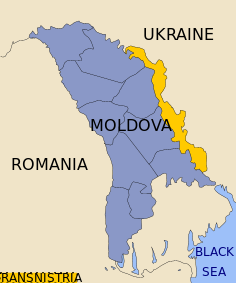
To understand the new breadth of this war it is important to review the history of the territorial claims and seizures regarding tiny Moldova and its surrounds. Moldova is a territory historically claimed by Romania until Russian Imperial and Soviet control began from 1812 to 1991. Transnistria means “beyond the Dniester,” the natural river border dividing Moldova and part of north-eastern Romania from Ukraine.
Transnistria remained under Soviet control in between both World Wars. Just before Gorbachev divested the Soviet Union Transnistria as a region tried to secede from Moldova due to Romanian nationalists suddenly coming to power in the capital of Chisinau.
This rightly concerned the region’s many Slavic people who feared for their ongoing rights, identity, and safety. The animosity of the Moldovan south against the Russian ethnicity north is similar here to the east-west halves of Ukraine currently. The brief war of 1992 that resulted has never officially concluded. Instead, a Russian inspired truce resulted combined with the introduction of 500 Russian peacekeepers.
The term “Transnistria” was first coined in 1989 by Leonida Lari as part of an election slogan for the political party Popular Front of Moldova. Transnistria’s origin, however, can be traced further back to the Moldavian Autonomous Soviet Socialist Republic which was formed in 1924 as part of the Ukrainian SSR. However, during World War II, the Soviet Union took parts of the Moldavian ASSR and also a piece of the Kingdom of Romania‘s Bessarabia. Beginning in 1940 this combination became known as the Moldavian Soviet Socialist Republic.
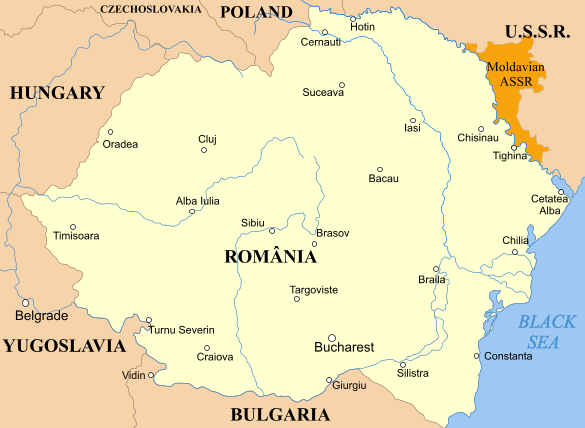
Moldavian ASSR (orange) and Romania, 1924–1940 (Licensed under CC BY-SA 3.0)
Romania was not pleased.
In 1941, after Axis forces that included Romania invaded the Soviet Union and the German army defeated the Soviet troops there and occupied it. Suddenly, Romania controlled the entire area between the Dniester and Southern Bug rivers, including the coastal city of Odessa which was declared the capital. This enlarged version of Transnistria became home to nearly 200,000 Romanian-speaking residents as the Romanian administration of Transnistria attempted to stabilise the situation in the area under a process of Romanianization.
During this Romanian occupation of 1941–44, an estimated 150,000 to 250,000 Ukrainian and Romanian Jews were deported to Transnistria. Reportedly, the majority were either executed or died from other causes in the ghettos and concentration camps of this Romanian nation-state.
As WW II wound down the Red Army advanced into the area again in 1944. Soviet authorities executed, exiled or imprisoned hundreds of the Romanian inhabitants of the Moldavian SSR for their crimes against the ethnic Russians or their collaboration with the Romanian occupiers.
As a precursor to formally establishing Transnistria, the Yedinstvo (Unity) Movement, was established by the Slavic population of Moldova to attempt equal status for both Russians and Moldovans. Transnistria’s ethnic and linguistic composition differs significantly from most of the rest of Moldova. The share of ethnic Russians and Ukrainians is especially high and a majority of the population. Many Moldovans beyond Transnistria still speak Russian as a mother tongue.
Violence suddenly escalated in October 1990 when the Moldovan Popular Front called for volunteers to form armed militias to stop an autonomy referendum in Gagauzia. This other sub-region of Moldova had and has an even higher share of ethnic Russian and Ukrainian minorities.
In response to Moldova, volunteer militias were formed in Transnistria. Already, in April 1990, Moldovan nationalist mobs had attacked ethnic Russian members of parliament, while the Moldovan police refused to intervene or restore order.
Isolated skirmishes escalated to war beginning on 2 March 1992 as a concerted military action began between Moldova and Transnistria. The fighting intensified throughout that spring until the former Soviet 14th Guards Army entered the conflict. Reportedly these troops opened fire against Moldovan forces killing more than 700.
Since then, the resulting pervasive truce with Moldova has prevailed. Chisinau exercises little effective control or influence on the Transnistrian authorities. The ceasefire agreement, signed on 21 July 1992, has been held to the present day.
The ceasefire agreement called for a three-party (Russia, Moldova, Transnistria) Joint Control Commission to oversee the security arrangements in the Transnistrian demilitarised zone.
As a result, Transnistria is an unrecognised independent presidential republic with its own government, parliament, military, police, postal system, currency, and vehicle registration. It has created its constitution, flag, national anthem, and coat of arms. Most Transnistrians have Moldovan citizenship, but many also have Russian, Romanian, or Ukrainian citizenship.
This status quo, although beneficial to peace left out the Romanians who had other opinions of the Commission after being sent backwards in history once again.
A New War Priority Begins
Moldova, with a standing army of barely 5000 has so far acquiesced to this Transnistrian reality over the past thirty years; a reality which is re-enforced by the 500 Russian peacekeepers stationed here in the village of Cobasna.
Also helping keep the peace are an additional 1000 Russian troops guarding the largest weapons dump in eastern Europe and its 22,000 tons of munitions.
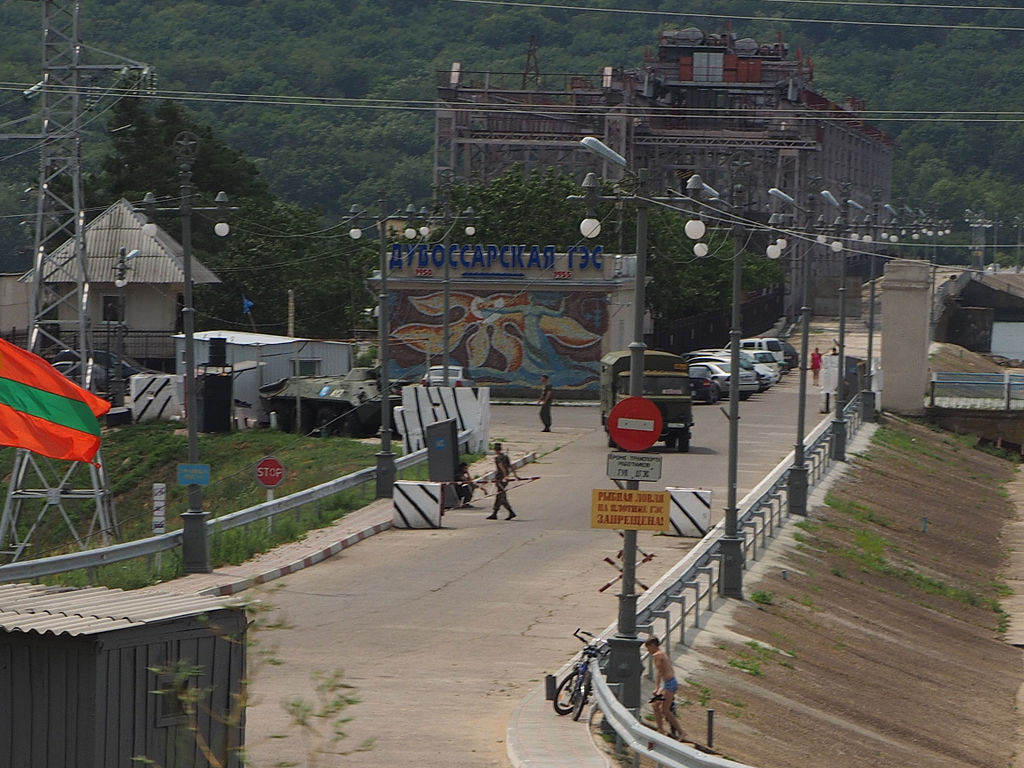
Russian peace-keeping soldiers at the border between Transnistria and Moldova at Dubăsari (Licensed under CC BY-SA 2.0)
The Russian military has the men and materiel to fend off the opening stages of any coming conflict here. However, when war does begin near Odessa the base located in Cobansa, Transnistria will certainly need additional support quickly. Here lies the first important conflict.
Moldova is landlocked. For Russia to provide support to Cobansa it would have to either fly across restricted and likely defended air space or provide a ground attack that can open a military corridor from a beachhead of the black sea to Transnistria. This is some thirty miles inland.
Russia will have no other choices, however, since the base is far too important and, further, allowing those munitions into western hands would be a game-changer within this region.
So far, to the north, Russia has, since abandoning Kyiv, stayed true to its declared goals of freeing the Donbas, Luhansk and Donetsk from the indiscriminate AFU terror and Nazi influence of the past seven years.
By creating a buffer zone which Russia continues to expand due west each day more territorial freedom is growing for eastern Ukraine citizens.
Many small and relatively unaffected towns are opening and shops and businesses are preparing to return to normal within this buffer zone. It seems likely that once this buffer zone is adequate to prevent artillery shelling of the major cities and towns Russia will no longer continue to advance into additional territory. The eventual north/south line of demarcation across Ukraine remains open to speculation but must consider the Dniester, Dnieper and Bug rivers boundaries.
It is vitally important to understand that Russia’s expanding eastern buffer zone is only part of Russia’s military obligation for a complete coastal Ukrainian blockade. This cannot be completed without two other goals being achieved first. One, Russia’s bringing the remaining southern coastal of the Odessa region under its control at least up to the Zatoka bridge. Two: maintaining military control of the southern east-west front lines along the border of Transnistria all the way to Romania.
Chisinau, which is 120 KM further south must stay neutral since it will be of little consequence, nor opposition. But, so far it has not. This bodes horribly for this wonderful and little known country.
If successful, these final Russian bricks in the wall here will effectively and strategically land lock Ukraine completely from access to all of the Black Sea and any point eastwards. With Odessa under control and Transnistria as the new southern Russian front, Ukraine will be without a seaport and utterly beholden to Russia for all pre or post-war eastbound exports or westbound imports via road, air or sea. Particularly those of the military kind.
Reciprocally, for the same reasons, Ukraine will have no choice but to fight tooth and nail for its control of the same territory. This, of course, assumes that the AFU still has by then sufficient forces remaining to fight or enough spare uniforms to clothe the many incoming NATO forces.
Reports of NATO mercenaries already working within Ukraine show that US/NATO is already in Transnistria and preparing for this certain advent. Canada has reportedly sent mercenaries via Moldova who enter Ukraine via the two border crossings. The border crossing at Palanca is on the same road to Odessa, just 30 miles away, but first crossing Transnistria is essential. It is likely I have met four of these mercenaries. I have seen and talked to them. They are very bad liars.
In the lobby of my hotel in Chisinau, I meet “aid worker,” David. He has attracted my attention due to wearing his large unmarked all-black day pack indoors, no other luggage, military issue boots, cargo pants, hair high and razor tight and a rental car at his disposal.
This is far from the image of any of the aid workers I have been around lately. And rental cars, as I would find out, cannot normally cross the border into Ukraine.
David, a Canadian, tells me his story about working for a UNHRC group “Relief Canada,” based out of the Canadian embassy here in Chisinau. I make a call to the Canadian Embassy. I am Canadian. Feigning that I am also with this aid group and in need of assistance to get to the Embassy, a phone operator puts me on hold only to come back on several minutes later, confused and asking me to qualify what Aid agency I am referring to. Several more minutes later, she informs me that despite asking her colleagues Relief Canada is not represented by the Canadian Embassy.
I make a habit of doing some work each day as near to the hotel lobby as possible in each hotel I am stuck in. It has often bared much fruit as was shown in Part Two and Part Three of this series. The following day I speak with two more suspects while they check-in together and then once more before I leave for Transnistria. Interestingly, all three are sporting the same kit and offered MO as David. I asked them. Just one day at the hotel and then off to Odessa to help, they all said.
So, it was time to take a look at the border at Palanca by way of Transnistria.
Moldova: Westward to Destruction
Moldova is mostly rich farmland and I have quickly learned to love this country, its friendly rural people and the lovely architecture of Chisinau. Travel guides provide warnings of poverty and crime, yet this seems nothing more than propaganda intended to restrict tourism reveue and to help drive Moldova into the arms of the west. Unlike Warsaw, Budapest and Bucharest, I see no signs of abject poverty, drug addicts lounging in their own filth, trash on the streets or an ageing infrastructure of trains, roads, or bridges. Quite the opposite. The people of Chisinau and their children all dress nicely, and with style. There is a neatness to Moldova that I do not see normally in EU capitals. When engaged the people I meet speak knowledgeably about their recently elected President and why she has increased the possibility of war.
In the Transnistria farmlands, the small centuries-old hamlets are modest, but spotlessly clean and life moves at a slow farmer’s pace. The people dress traditionally and are amiable about my lack of Russian as they go about their day.
There is no defined border for Transnistria. As I follow the roads more or less north through the unofficial capital of Tiraspol I notice a strange blood-red flag with a single Kelly green horizontal stripe flying in the wind up ahead. Interestingly, it incorporates a Hammer and Sickle in the upper corner. This symbol was previously relegated to the Soviet Union of long ago and today Transnistria is the only remaining country in the world to fly the Hammer and Sickle. I have arrived.
Along the way, at virtually every vista it is easy to look far out to the north over the green miles wide Dniestria River valley and into the light haze on the far bank that equally rises slowly towards Ukraine and Odessa; the river now a trickle of its former self and seemingly inconsequential in the foreground.
The Moldovans I speak with do not want war. Unlike Viktor Orban of Hungary who defeated his collective western-backed presidential opposition three weeks ago while benefiting in part from his announcement not to allow NATO movement via Hungary, when examining the first fifteen months of the newly elected Moldovan president Maia Sandu it seems that NATO terror will soon cross north over the Dniestria from Moldova.
The 2020 election saw Moldova shift politically to the west. Sandu, a trendy young female candidate provided all the usual EU talking points of increased exports, economic growth, and promised rapid prosperity.
Igor Dodon launched his campaign on 2 October 2020 but ran a lacklustre campaign for president as the incumbent. Although he visited over two hundred townships and spoke to some 45,000 Moldovans, he strangely announced that he was not going to make use of billboards and that he would not take part in any debates. Dodon was regarded as the most pro-Russian candidate on the ballot and advocated for legislation to maintain the Russian language, make studying Russian compulsory in schools, strengthen the strategic partnership with Russia, preserve Moldova’s territorial sovereignty, strengthen the social security system and promote Christian and family values.
On the same day, Sandu officially launched her campaign but during that time made only two speeches; one in Romanian and one in Russian. She promised to fight corruption and poverty, reform the criminal justice system, reduce unemployment, raise the minimum pension and build closer ties with the European Union. Sandu’s campaign accused Dodon, of deliberately hindering criminal justice system reform and poor management of the COVID-19 pandemic.
Much like the French election, with Dodon and Sandu the finalists on November 1, on Nov. 15 Maia Sandu won the second round of the presidential elections in Moldova with 57% of the vote. The 55% election participation was the highest election turnout since 2010. However, voting patterns illustrated internal political fractures. Sandu enjoyed the support of young people and inhabitants of big cities, as well as the diaspora abroad (of which 93% voted for her), tipping the scales in her favour. Dodon, as expected, obtained votes from the rural areas and the pro-Russian regions Transnistria and Gagauzia.
Regardless, Sandu recently launched an opening western political salvo in the exact direction of Transnistria.
On April 7, Moldova adopted the Code on Audiovisual Media Services that provides for a ban on the broadcast of programs and films that are produced in countries that have not ratified the European Convention on Transfrontier Television,
That means Russia.
Next, on April 14, additions were approved to the Code of Offences, which introduced fines or forced labour for the use of attributes or symbols of “military aggression.” These include “coloured flags and ribbons, symbols, badges and other similar signs.” This is a sly reference to the “black and orange two-colour ribbon”, called theGeorgievskaya, or St. George Ribbon.
That means Transnistria.
These prohibitions as expected caused a wide division between both Moldova, Transnistria and Russia. This would amount to revisionist history regarding Soviet films about the Great Patriotic War and the award and display of the much-prized St. George ribbon. Both are historical and important symbols for all who honour that memory every Victory Day, May 9 and the Great Victory over those other Nazis of a supposedly bygone era.
Moldova and Russia have good reason to remember well the pre-election lie of Sandu promising to preserve the right to celebrate May 9. During the Great Patriotic War, 650 thousand inhabitants of Moldova died. 400,000 fought in the red army. 250,000 Moldovan soldiers, officers and partisans were awarded for their courage Soviet medals like the black and orange, St. George.
Under Dodon officially promoting the Russian language in Moldovan schools was gaining ground in parliament, but to date, Sandu has closed many Russian speaking schools citing a lack of students. This is a self-serving rationale since in the rural widespread farmlands of Transnistria the very small villages have very small populations and few school children and have for so many generations.
All this, of course, affects the parliamentary atmosphere of Russian-Moldovan relations.
In economic relations, Sandu has also moved quickly in a scripted EU fashion. Moldova’s GDP is the equivalent of just USD11.91 Billion with an annual budget of just north of USD 3 billion. Last week, the EC announced that the EU would provide a macro-financial assistance operation of €150 million in the form of loans and grants. Said the EC in a statement,
“The assistance shall contribute to strengthening Moldova’s resilience in the current geopolitical context, and covering Moldova’s balance of payments needs as identified in the International Monetary Fund (IMF) programme.”
Of course, this statement is a declaration of war on Moldova by a different means. It is also an acknowledgement that the EC is satisfied with Sandu’s progress to date.
I fear for Moldova. This is a country that could easily divorce itself from the madness of NATO’s continuation of war and help bring it to a stop. But as is routine for the faux-nationalist leaders of western nations, Moldova in Sandu’s hands is now, like Poland, the Czech Republic and Romania, available to NATO and the EU for the plundering. Moldova’s president will be singularly to blame if this passive region and quiet way of agrarian life sees war once again. A war it cannot defend nor prosecute and for which neutrality is the only peaceful option.
With Moldova politics equally split within the parliament, Russia v. the West, it may be a new Moldovan civil war that Sandu will first have to contend with while the realities of a much greater war to the north ever creep daily towards Moldova.
What a Difference a Week Makes
As I stand on the Moldova / Ukraine border in Palanca I am surprised to learn that I can still cross over the border. So I drive through the first border check. Due to my lack of Russian, I next discover that rental cars lack Ukrainian insurance and I am turned back without too much of an incident. Being portable, I park the car, grab my backpack and walk toward the same security guards who now know me well. I’m determined to get to Odessa. It’s that close.
Three checkpoints of ID and passport and additional questions instead of being frisked and I am in, walking again into Ukraine. As I sit with my gear on the road just beyond the checkpoint hoping for a ride at this point in the afternoon, I consider carefully my days in Chisinau. The wines, magnificent, the inexpensive restaurants equal to the task. The clean streets encircling huge buildings of subtlety in architecture that all pay homage to the Christian, the Russian, the Slavic and the Ottoman in their many obvious influences. The beautiful women. The panoramic springtime colours and the view from the hills of Chisinau looking out to the Black Sea and the north.
I came here to Moldova due to my darkest fears, those realized over forty years roaming the countries of the world and always witnessing the incremental horrors of, as Chalmers Johnson coined it perfectly, “The Sorrows of Empire.” My indictment of these many sorrows is long and attested to by much of my work. But, to envisage Chisinau going the way of Kyiv into ruin is an image that brings shivers and anger to my soul and my fists.
No. No. Not this time!
As I began this update from Chisinau I had hoped not to hear the banging of the war drums to the north. But, my fears are coming true as I write.
Russia recognizes the military realities examined here in the South. This is evidenced by its direct action in taking down a NATO munitions plane on, April 16 near Odessa, then on April 23 targeting AFU supply and support depots in Odessa, and next destroying a portion of the very important Zatoka bridge just south of Odessa that goes directly at Romania. These proactive moves strongly indicate that Russia understands the difficult task just days ahead and is already preparing. The AFU’s biggest problem is that of re-supply and, if Russia continues at the current pace the AFU may literally run out of gas before hand.
Regarding the Ukrainian railway system that was just days ago available to NATO: Russia has taken out virtually all the Ukrainian track switching stations rendering them useless, and, with 1200/1500 locomotives being electric, the power lines as well. As reported by South Front, only 300 diesel locomotives are left but that fuel is under constant attack and the tracks as well. The same article noted that, should NATO try to supply new diesels, they would be of the wrong width for Ukrainian gauge tracks.
If it were only that simple Moldova would be safe. It is not that simple.
Similar to Poland’s ulterior motives shown in Part Two, as South Front reports in an excellent analysis Romania’s historic desire to regain Transnistria is now being shown as it prepares to enter the war at NATO’s behest after housing and training some 8,000 Polish troops.
Attempting to draw Transnistria into the conflict, two explosions rocked a broadcasting centre in the village of Mayak on April 26, the region’s Interior Ministry claimed. It was reported that no one was hurt, but the two largest antennas, which were transmitting Russian radio stations, were disabled to the ground.
On April 25, the building of the State Security Ministry in the region’s capital, Tiraspol, was shelled with rocket-propelled grenades. No casualties were reported.
The third attack hit a military unit near the village of Parkany. No details on the incident were revealed. Regardless, all these attacks are uncomfortably close to that 22,000 tons of Russian munitions.
As a result, on April 26 President Sandu called an emergency meeting of the Security Council. The decision was been made to introduce the “red” level of terrorist danger in the country for 15 days, which provides the adoption of additional security measures. Although this was all likely an inside job designed to provide Sandu reasons for shifting further west, the immediate decision has called for speculation.
As analysis by South Front evaluated:
“On the one hand, the Russian assault operation in Odessa has not begun yet. The Armed Forces of the Russian Federation are also yet to gain any significant successes in the Nikolaev region. On the other hand, the Sandu government in Moldova, with the active influence of Romania and Poland, demonstrates that it is ready to consider a military scenario for resolving the Transnistrian issue.”
Many sources have reported the redeployment of large units of the Polish army to Romania for subsequent joint activities and possible military exercises on the territory of Moldova. Russian claims that the Polish Armed Forces started to establish a strike group on the territory of Romania to cross the Ukraine border. The total troops in this manouver is estimated at up to 8,000 servicemen. The article asserts that a combined Polish, Romanian force is planing to enter Moldovan territory under a plausible pretext, such as a humanitarian operation or an official government request.
This week’s attacks have too conveniently given western puppet Sandu reasons for this request to her NATO backers.
If Romanian or Polish troops access Ukraine via Romania, or worse Moldova this will be the first undeniable entry of NATO member into this war made worse by crossing the territory of a non-NATO nation, or as detailed herein, a pro- Russia soviet holdout with a massive 22,000 ton cache of weapons.
More importantly, when considering the destruction of railway supply lines in the past seventy-two hours, NATO will have to bring new deployments by using Romania’s borders. This has the advantage of bringing these troops hundreds of miles closer to the eastern front and keeping them on NATO soil until they cross into Ukraine.
Or Transnistria.
If Polish and Romanian troops cross into Transnistria these NATO factions will suffer certain and massive casualties and their national points of origin will be undeniable. At that juncture two NATO member will have been attacked..by Russia… and…and…
The media will do the rest.
*
At the side of the road, Patrice from MSF sits with me and chats while waiting for a ride coming up from Odessa. As expected she tells me that the AFU already owns the streets of Odessa. She confirms checkpoints across the city centre. I don’t fear the Russians. I do fear certain factions of the AFU and I am the bad luck of a google search away from very close scrutiny.
For other good reasons that amount to no more than excuses, I very reluctantly turn my ship around, heading back to Chisinau.
As I wrap up Part Four away from the Transnistria of just days ago I regret this decision to my core. It could not be helped. I must go back, but the door is ever closing at the border, for me, for Russia, for Ukraine and oh, so tragically for Moldova. And peace.
If this war crosses Transnistria, the gorgeous city of Chisinau will be razed like Mariupol. If there exists a hell on this earth it is that image of horror coming too often to my mind as a plausible reality… a nightmare.
Pray for Moldova. Pray for Transnistria. Pray hardest with all you might for Chisinau.
But praying against the disciples of war is a futile exercise. It is time to write…or…?
That image of Chisinau engulfed in the flames of western war again burns in the horrors of my mind as, my heart pulls me by my soul back towards Transnistria.
The choice is simple.
*
Note to readers: Please click the share buttons above or below. Follow us on Instagram, Twitter and Facebook. Feel free to repost and share widely Global Research articles.
Dedication: To Dr Patricia A. Mahaffey. “Behind every good man….”
Author’s Note: This concludes Part Four of my series, “Destination Ukraine.” For further insight, please see Part One, “The Ignorance of War,” and Part Two, “Will Poland Go Rogue?” or Part Three, “The lies….and the eyes… of Ukraine.”
Brett Redmayne-Titley has spent the last decade travelling and documenting the “Sorrows of Empire.” He has authored over 200 articles all of which have been published and often republished and translated by news agencies worldwide. An archive of his many articles can be found at watchingromeburn.uk. He can be contacted at live-on-scene ((@))gmx.com.
He is a regular contributor to Global Research.
Featured image: Soviet symbols are still used in Transnistria. (Licensed under CC BY-SA 2.0)
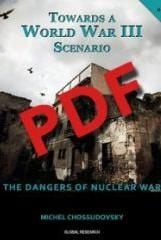 “Towards a World War III Scenario: The Dangers of Nuclear War”
“Towards a World War III Scenario: The Dangers of Nuclear War”
by Michel Chossudovsky
Available to order from Global Research!
ISBN Number: 978-0-9737147-5-3
Year: 2012
Pages: 102
PDF Edition: $6.50 (sent directly to your email account!)
Michel Chossudovsky is Professor of Economics at the University of Ottawa and Director of the Centre for Research on Globalization (CRG), which hosts the critically acclaimed website www.globalresearch.ca . He is a contributor to the Encyclopedia Britannica. His writings have been translated into more than 20 languages.
Reviews
“This book is a ‘must’ resource – a richly documented and systematic diagnosis of the supremely pathological geo-strategic planning of US wars since ‘9-11’ against non-nuclear countries to seize their oil fields and resources under cover of ‘freedom and democracy’.”
–John McMurtry, Professor of Philosophy, Guelph University
“In a world where engineered, pre-emptive, or more fashionably “humanitarian” wars of aggression have become the norm, this challenging book may be our final wake-up call.”
-Denis Halliday, Former Assistant Secretary General of the United Nations
Michel Chossudovsky exposes the insanity of our privatized war machine. Iran is being targeted with nuclear weapons as part of a war agenda built on distortions and lies for the purpose of private profit. The real aims are oil, financial hegemony and global control. The price could be nuclear holocaust. When weapons become the hottest export of the world’s only superpower, and diplomats work as salesmen for the defense industry, the whole world is recklessly endangered. If we must have a military, it belongs entirely in the public sector. No one should profit from mass death and destruction.
–Ellen Brown, author of ‘Web of Debt’ and president of the Public Banking Institute
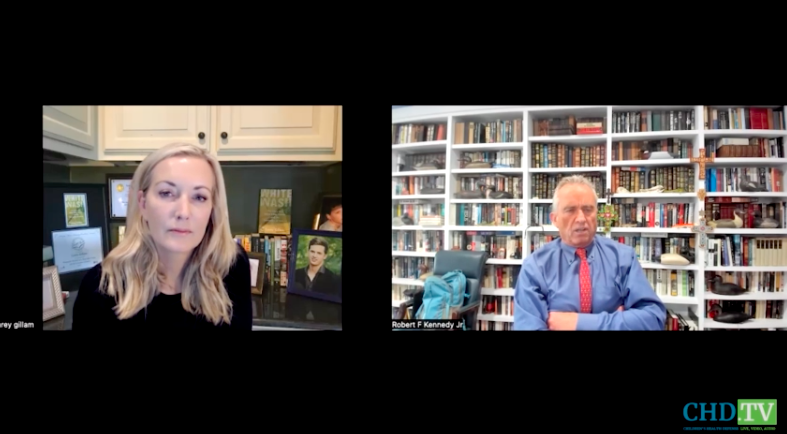







![Democracy, Populism, and Neoliberalism in Ukraine: On the Fringes of the Virtual and the Real (Routledge Focus on Communication Studies) by [Olga Baysha]](https://m.media-amazon.com/images/I/41LskYP1zhL.jpg)
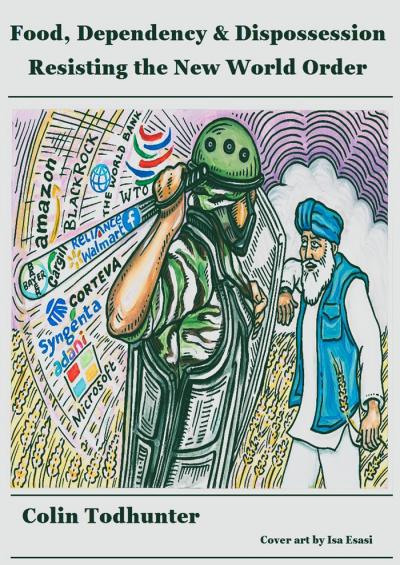 Read Colin Todhunter’s e-Book entitled
Read Colin Todhunter’s e-Book entitled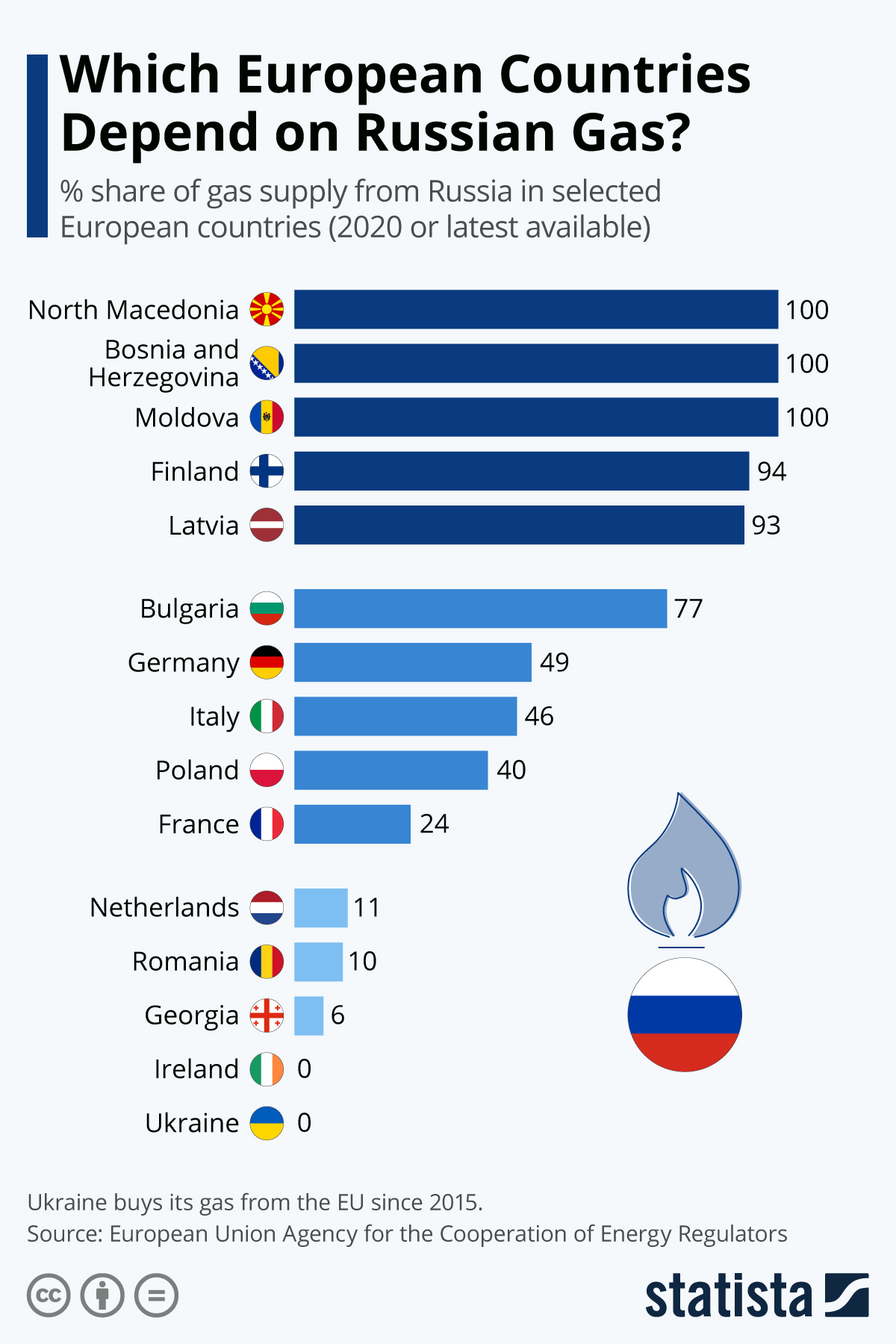
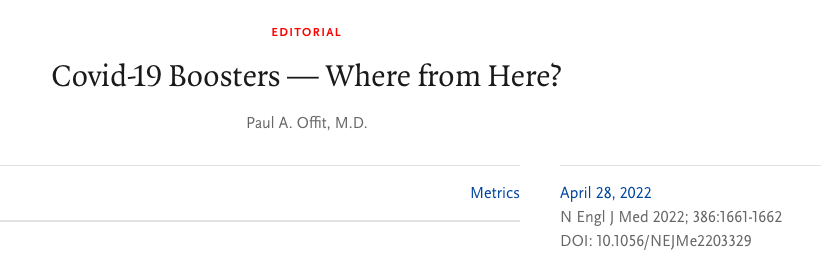












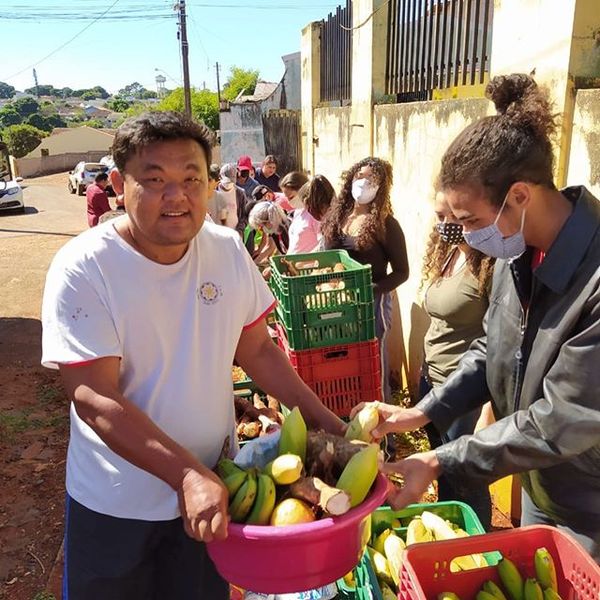

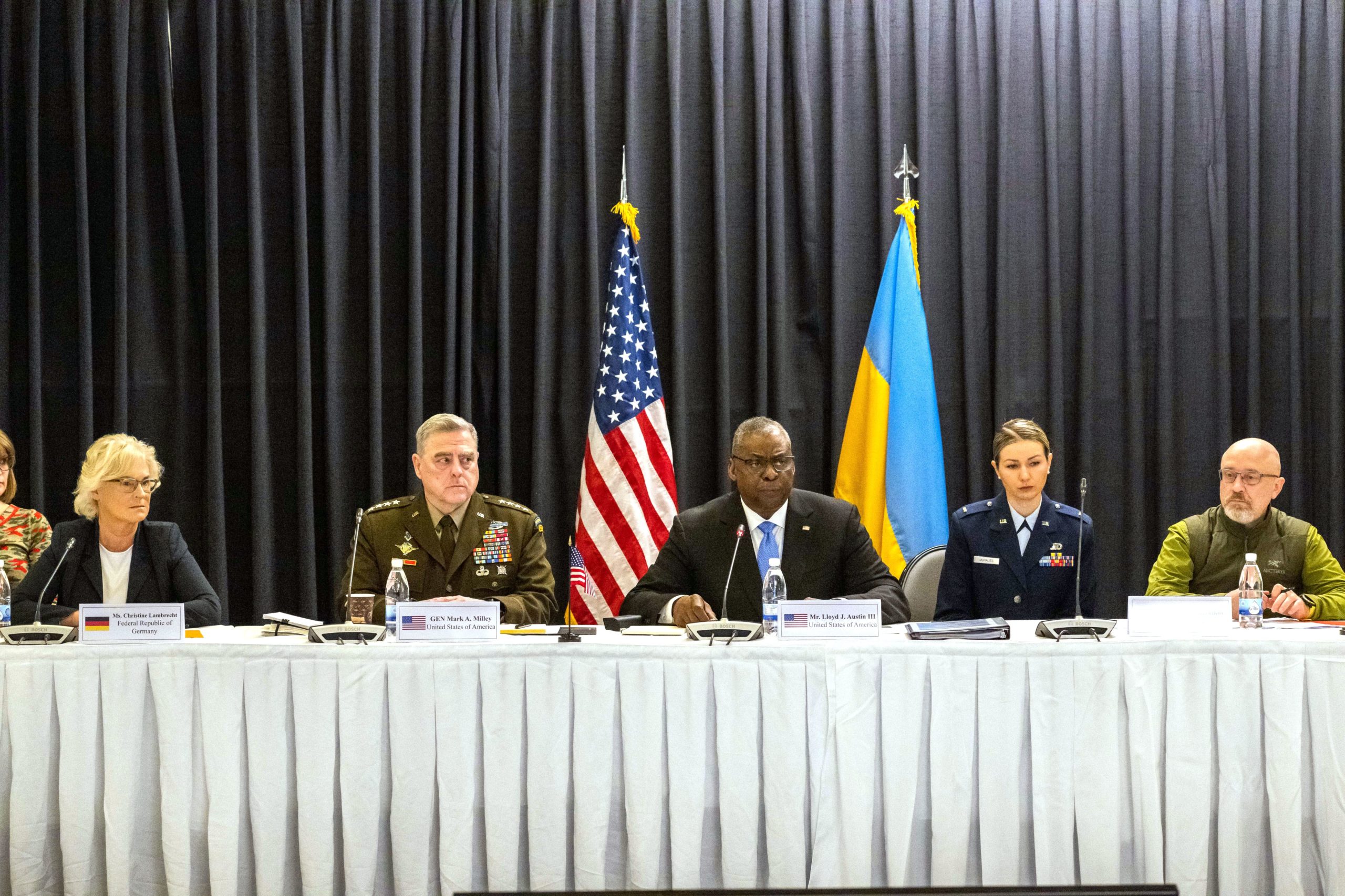 US Def. Secy. Lloyd Austin (3rd from right) chairing Ukraine Security Consultative Group meeting, Germany, April 26, 2022
US Def. Secy. Lloyd Austin (3rd from right) chairing Ukraine Security Consultative Group meeting, Germany, April 26, 2022